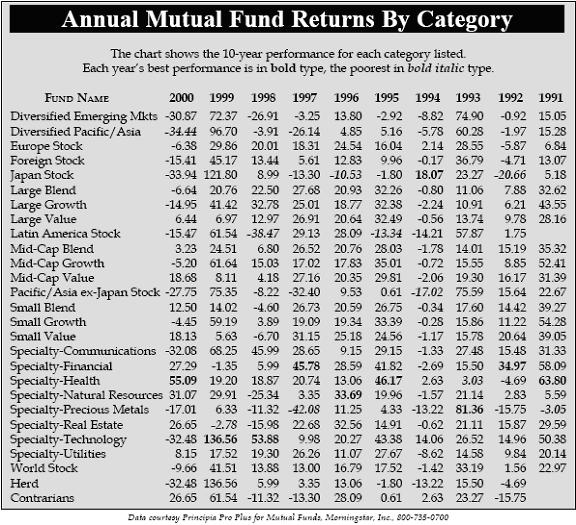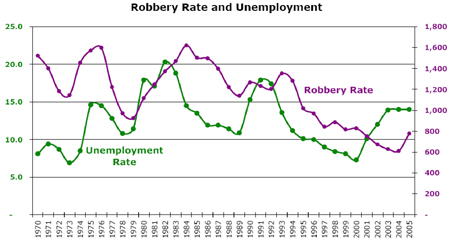It must be summer: Shareholders of Clear Channel Communications are voting, once again, on whether to accept a buyout of their company.
The deal was on its deathbed, tied up in litigation in two states, before the company, its would-be buyers and the buyout firms’ lenders agreed to share the pain and move ahead. It remains to be seen whether the company’s sometimes-balky shareholders will go along. They should, because it’s a fair deal in a changed economic environment.
When we last looked at the Clear Channel buyout in the June 2007 issue of Sentinel (available online), shareholders had successfully held out for $39.20 per share, up from the buyers’ original offer of $37.60. But by the time shareholders approved the new price last September, the credit markets had seized up. The deal did not close.
New terms of $36 a share were approved in an amended merger agreement on May 13, more than a year and a half after the original announcement of the buyout. The offer still includes the option of receiving “stub equity” of up to 30 percent of the equity in the new private company rather than cash. A new shareholder vote has not been scheduled.
Much has changed in the economic and financial landscape since last summer. The credit crisis, the bursting of the housing bubble, recession fears, interest rate cuts and market declines have created a very different environment from when the buyout deal was originally struck. The bank consortium providing the funding for it became skittish, as it stood to lose an estimated $3 billion on the debt it agreed to package and sell.
The private equity sponsors, Bain Capital and Thomas H. Lee Partners, sued the banks in New York, and Clear Channel filed its own lawsuit in Texas, alleging that the banks were not holding up their end of the bargain. The aforementioned settlement will conclude that litigation amicably.
Details of the settlement had not been released when we went to press. However, a press release indicates that as part of the agreement, the banks have ensured that Clear Channel will receive financing terms, including debt covenants and other requirements, that are substantially consistent with those initially agreed upon in rosier times. However, the loans will likely carry a higher interest rate. The lower transaction price will mean that the banks will have to sell less debt. Both factors will reduce the banks’ estimated losses.
What if investors choose not to participate in the stub equity portion, preferring to take their cash and get out? Shareholders are expected to fund $1.1 billion of the equity commitment by way of the 30 percent stub equity component. If they choose not to participate up to this amount, a large financing gap could result. The agreement plans for that contingency. At the buyer’s discretion, it can have shareholders who elect to receive some or all of their proceeds in cash instead receive shares of the new Clear Channel stock up to $1.00 a share. If more money is needed to fund the gap, it would come from a group consisting of current large shareholders and the founding Mays family, as well as the company’s cash on hand.
The revised terms may improve the deal’s profit potential for the private equity firms. The reduced price, along with an agreement to let the buyers keep all of the cash earned by the company from the time of the initial agreement to the closing, allows the firms to reduce the company’s debt load and, possibly, their equity commitment.
The transaction is expected to close in the third quarter. The probability of shareholder approval is high, because Clear Channel’s largest shareholder, Highfields Capital Management, publicly supports the amended merger agreement. Also, other shareholders are likely to accept the $36 per share price, because Clear Channel’s core radio business has struggled in the recent tougher economic environment.
The banks get to limit their losses, the private equity players get a lower price and the shareholders get a fair shake. Sounds like a good deal.











